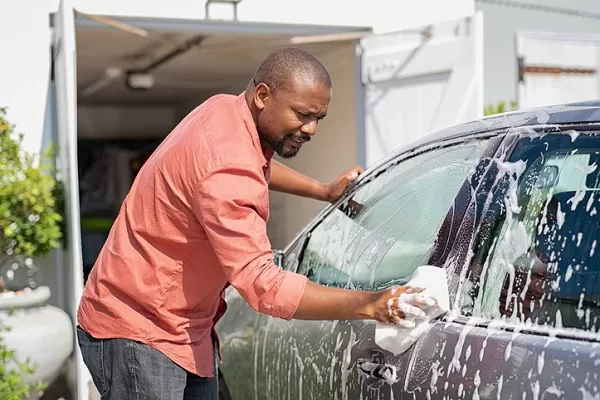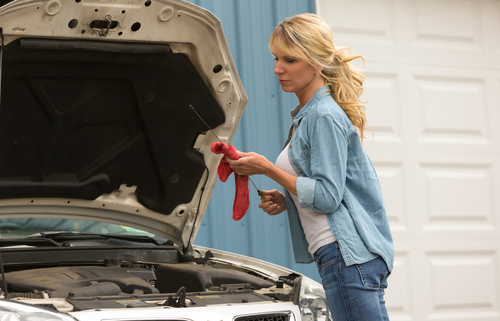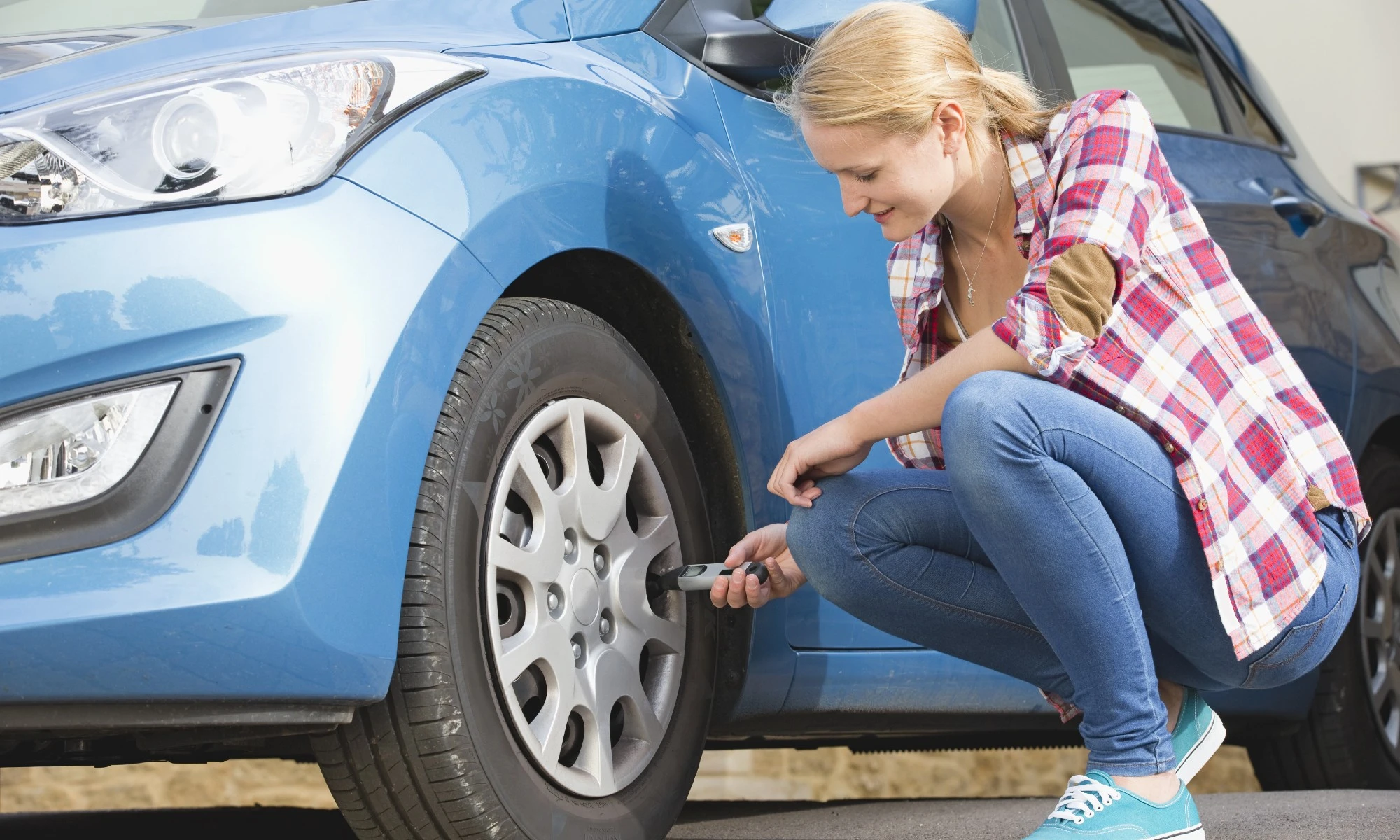How To Do Basic Car Detailing

How to do basic car detailing – Keeping your car clean and well-maintained not only enhances its appearance but also prolongs its lifespan and preserves its value. Basic car detailing involves a range of cleaning and restoration techniques to achieve a pristine and polished finish. In this comprehensive guide, we will walk you through the process of basic car detailing, covering everything from interior and exterior cleaning to polishing and protecting your vehicle. Additionally, we’ll address some frequently asked questions to help you achieve professional-level results.
Learning how to do basic car detailing is important to preserve the appearance, protect the paintwork, enhance the driving experience, maintain hygiene, and increase the resale value of your vehicle. It is an investment of time and effort that pays off in the long run by keeping your car in excellent condition and ensuring a sense of pride and satisfaction in ownership.
Most people consider automobile washing to be more of a chore than an accomplishment. Cleaning an automobile from top to bottom is sometimes compared to punishment rather than joy because it is labour demanding, time-consuming, and extremely boring.
Knowing where to begin and really setting aside the time to fully clean every nook of an automobile, like with any “detail-oriented” endeavour, is frequently the most difficult part. That is precisely why we are here to assist.enoughinfo
It’s time to get up, off your a$$, and over to that method of transportation for a good scrub. We’ve taken the effort to put together a simplified DIY guide of sorts because we’re in a giving mood today. A method of learning how to correctly detail a vehicle through a series of logical procedures, all supported by a series of recommendations and warnings developed just for beginners.
Read Also: How To Unlock A Car Door With Power Locks
Why Is Car Detailing Important?
Car detailing goes beyond a regular car wash. It involves deep cleaning, restoring, and protecting both the interior and exterior surfaces of your vehicle. Here are a few reasons why car detailing is important:
a. Preservation and Protection: Detailing helps protect your car’s paintwork from environmental contaminants, UV rays, and oxidation. It also prevents the buildup of dirt, grime, and debris that can lead to paint damage and corrosion.
b. Enhanced Resale Value: Regular detailing maintains your car’s condition, making it more appealing to potential buyers. A well-detailed car with a clean and fresh interior can fetch a higher resale value.
c. Improved Driving Experience: A clean and well-maintained car provides a more pleasant and comfortable driving experience. Detailing removes stains, odors, and allergens from the interior, creating a healthier and more enjoyable environment.
d. Long-Term Cost Savings: By preventing and addressing minor issues early on, detailing can save you money on repairs and replacements. It helps identify and address issues such as paint imperfections, scratches, and interior wear before they become more significant problems.
Preparing for Car Detailing:
Before diving into the detailing process, it’s essential to gather the necessary tools and products. Here’s a checklist to help you prepare:
a. Cleaning Tools: Microfiber towels, soft-bristle brushes, detailing brushes, wash mitts, foam applicators, and a variety of cleaning brushes.
b. Cleaning Products: Car wash soap, glass cleaner, interior cleaner, upholstery cleaner, leather cleaner, tire cleaner, wheel cleaner, and a clay bar kit.
c. Protective Products: Car wax, paint sealant, trim restorer, tire dressing, and interior protectants.
d. Equipment: A high-pressure hose or pressure washer, a bucket, a hose nozzle, and a vacuum cleaner.
e. Safety Equipment: Protective gloves, safety glasses, and a respirator mask if working with strong cleaning products.
Once you have the necessary tools and products, it’s time to prepare your car for detailing. Follow these steps:
a. Find a Suitable Location: Choose a shaded and well-ventilated area to detail your car. Direct sunlight can cause cleaning products to dry too quickly, leaving residue on the surface.
b. Remove Personal Items: Take out any personal items, trash, and belongings from the car. This allows for a thorough cleaning and prevents damage to your belongings.
c. Pre-Wash the Exterior: Before starting the detailing process, give your car a thorough rinse to remove loose dirt and debris. This step helps prevent scratching the paint during the wash.
d. Gather the Necessary Equipment: Have all your cleaning tools, products, and equipment within reach. This ensures a smooth workflow and avoids interruptions.
e. Protect Sensitive Areas: Cover sensitive areas such as electronic components, upholstery, and delicate trim pieces with plastic or towels to prevent damage from water or cleaning products.
Read Also: How To Do Basic Car Repairs(Ultimate Guide)
Interior Car Detailing:
Now, let’s move on to the interior car detailing process. Follow these steps to achieve a clean and fresh interior:
1. Cleaning the Interior Surfaces:
a. Dusting: Begin by using a soft brush or microfiber cloth to remove dust from the dashboard, console, and other interior surfaces. Pay attention to air vents, crevices, and hard-to-reach areas.
b. Wipe Down Surfaces: Use an interior cleaner suitable for the specific surfaces of your car, such as plastic, vinyl, or wood trim. Spray the cleaner onto a microfiber cloth and wipe down the surfaces thoroughly.
c. Clean the Dashboard and Console: Use a soft brush or detailing brush to agitate dirt and grime from the dashboard and console. Wipe them clean with a damp microfiber cloth.
d. Clean the Door Panels: Spray an appropriate cleaner onto a microfiber cloth and wipe the door panels, focusing on areas with fingerprints or stains. Use a detailing brush to clean the crevices and switches.
2. Vacuuming and Upholstery Care:
a. Vacuuming: Use a vacuum cleaner with brush and crevice attachments to thoroughly vacuum the seats, carpets, floor mats, and upholstery. Pay special attention to debris in between and underneath the seats.
b. Spot Cleaning Stains: Treat any stains on the upholstery or carpet with a suitable stain remover. Follow the instructions provided with the product and use a clean cloth to blot and lift the stain.
c. Fabric Upholstery: If you have fabric seats, use an upholstery cleaner designed for fabric surfaces. Spray the cleaner onto the seats, agitate with a brush, and wipe clean with a damp cloth.
d. Leather Upholstery: For leather seats, use a leather cleaner and conditioner. Apply the cleaner to a microfiber cloth and gently clean the seats. Follow up with a leather conditioner to restore moisture and prevent cracking.
3. Glass and Mirror Cleaning:
a. Interior Glass: Spray a glass cleaner onto a microfiber cloth and wipe the interior glass surfaces, including the windshield, side windows, and rearview mirror. Use a separate cloth to avoid streaks.
b. Rearview Mirror and Side Mirrors: Use a glass cleaner or an interior cleaner to clean the rearview mirror and side mirrors. Ensure they are free from smudges and fingerprints.
4. Odor Removal:
a. Air out the Interior: Open all the doors and windows to allow fresh air to circulate through the car. This helps eliminate any lingering odors.
b. Deodorize the Interior: Use an odor eliminator or freshener specifically designed for cars. Follow the instructions on the product and place it in a suitable location within the car.
Read Also: How To Do A Basic Car Maintenance Check
Exterior Car Detailing:
Now, let’s move on to the exterior car detailing process. Follow these steps to achieve a clean and shiny exterior:
1. Washing and Drying the Exterior:
a. Rinse the Car: Start by rinsing the car thoroughly to remove loose dirt and debris.
b. Wash with Car Wash Soap: Fill a bucket with water and add car wash soap according to the instructions. Use a microfiber wash mitt or sponge to wash the car from top to bottom, using gentle circular motions. Pay attention to areas prone to dirt buildup, such as the lower sections and wheel wells.
c. Rinse Thoroughly: After washing each section, rinse off the soap with a hose or pressure washer. Ensure all traces of soap are removed.
d. Dry the Car: Use a microfiber drying towel or a soft, lint-free cloth to dry the car. Start from the top and work your way down, ensuring all surfaces are thoroughly dried to prevent water spots.
2. Removing Contaminants And Decontaminating the Paint:
a. Clay Bar Treatment: If your car’s paint feels rough to the touch, it may have bonded contaminants. To remove them, lubricate the surface with a clay bar lubricant and gently glide the clay bar over the paint. This process helps remove embedded dirt, tar, and other contaminants, leaving the paint smooth and ready for polishing.
b. Iron Fallout Remover: Use an iron fallout remover if you notice tiny rust spots or iron particles on the paint. Follow the product instructions and safely remove these contaminants.
c. Tar and Bug Remover: Apply a tar and bug remover to any tar spots or bug residue on the paint. Let it sit for a few minutes, then gently wipe or rinse it off.
3. Polishing and Waxing:
a. Polishing: Use a dual-action polisher or a polishing pad attached to a machine to apply a suitable car polish. Work in small sections, applying light pressure and overlapping passes. Polish the paint to remove light swirl marks, oxidation, and minor imperfections.
b. Waxing: Once the paint is polished and clean, apply a high-quality car wax using an applicator pad. Spread the wax in thin, even coats, following the product instructions. Allow it to dry to a haze, then buff it off with a clean microfiber cloth to reveal a glossy finish and provide protection.
Read Also: How To Start A Car With A Bad Fuel Pump
4. Tire and Wheel Care:
a. Clean the Wheels: Use a wheel cleaner specifically formulated for your wheel type. Spray it onto the wheels and agitate with a wheel brush to remove brake dust, dirt, and grime. Rinse thoroughly.
b. Tire Dressing: Apply a tire dressing to the sidewalls of the tires to restore their appearance and provide protection against UV rays. Use an applicator pad or sponge to apply the dressing evenly.How to do basic car detailing
5. Restoring Exterior Trim:
a. Plastic Trim Restoration: If your car has faded or discolored plastic trim, use a plastic trim restorer to revive its appearance. Apply the restorer to a microfiber cloth and rub it onto the trim, following the product instructions.
b. Chrome and Metal Polishing: For chrome or metal accents, use a chrome or metal polish to restore their shine. Apply the polish to a microfiber cloth and buff the surfaces until they are clean and reflective.
Additional Car Detailing Tips and Techniques:
a. Use Separate Microfiber Towels: Use separate microfiber towels for different areas of the car, such as one for the paint, another for glass, and a separate one for the wheels. This prevents cross-contamination and ensures a better cleaning result.
b. Work in Sections: To maintain efficiency and prevent products from drying too quickly, work on the car in smaller sections. This allows you to focus on one area at a time, ensuring thorough cleaning and attention to detail.
c. Follow Product Instructions: Read and follow the instructions provided with each cleaning product. Different products may have specific application techniques and dwell times that yield optimal results.
d. Test in an Inconspicuous Area: Before using any new product or technique, test it in an inconspicuous area to ensure compatibility and to check for any adverse reactions.
e. Regular Maintenance: To keep your car in great condition, establish a regular maintenance routine. Regularly wash the car, address any spills or stains promptly, and protect the paint with periodic waxing or sealant applications.
f. Professional Help: If you are unsure about certain detailing techniques or have specific concerns about your car’s condition, consider seeking professional car detailing services. They have the expertise and specialized equipment to achieve exceptional results.
FAQs & Answers
How often should I detail my car?
The frequency of car detailing depends on factors such as your driving habits, environmental conditions, and personal preferences. As a general guideline, it’s recommended to detail your car at least once every three to six months. However, if your car is subjected to harsh conditions, frequent off-road driving, or exposure to elements like salt or tree sap, more frequent detailing may be necessary.
Can I use household cleaning products for car detailing?
It’s best to use products specifically formulated for automotive use. Household cleaning products may contain harsh chemicals that can damage your car’s paint, upholstery, or delicate surfaces. Automotive detailing products are designed to be safe and effective for the specific materials and finishes found in cars.
Is it necessary to clay bar my car?
Clay barring is recommended if your car’s paint feels rough or has bonded contaminants. It helps remove embedded dirt, industrial fallout, and other pollutants that regular washing cannot eliminate. Clay barring restores smoothness and prepares the paint for polishing and waxing, resulting in a cleaner and more polished finish.
Read Also: 30 Ways To Make Money Online And Offline
Should I wax or polish my car first?
In most cases, it is recommended to polish your car before waxing. Polishing removes imperfections, such as swirl marks and light scratches, and restores the paint’s clarity and gloss. Waxing, on the other hand, provides a protective layer and enhances the shine. Polishing prepares the surface for waxing, ensuring maximum adhesion and durability of the wax.
Can I detail my car in direct sunlight?
It’s best to avoid detailing your car in direct sunlight. High temperatures can cause cleaning products to dry too quickly, leaving streaks or residue on the surface. Additionally, direct sunlight can make it difficult to see imperfections and may cause premature drying of polishes or waxes, reducing their effectiveness. Choose a shaded area or detail your car during cooler times of the day.
What is the difference between car washing and car detailing?
Car washing typically refers to the regular cleaning of the exterior surfaces of the car to remove dirt and grime. Car detailing, on the other hand, involves a more thorough and meticulous cleaning process. It includes cleaning and restoring both the interior and exterior surfaces, addressing specific areas of concern, and utilizing specialized techniques and products to achieve a higher level of cleanliness and finish.
Conclusion
Basic car detailing is a rewarding process that enhances the appearance, protection, and longevity of your vehicle. By following the steps outlined in this guide and incorporating the tips and techniques mentioned, you can achieve professional-level results in the comfort of your own home. Regular car detailing not only keeps your car looking its best but also contributes to its overall value and driving experience. So, roll up your sleeves, gather your detailing supplies, and give your car the care and attention it deserves.



